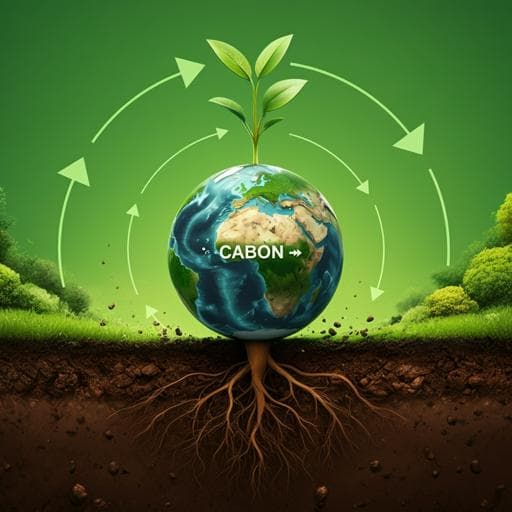
Earth Sciences
Process-oriented analysis of dominant sources of uncertainty in the land carbon sink
M. O’sullivan, P. Friedlingstein, et al.
Discover how rising CO2 levels and nitrogen deposition influence global carbon sinks, while climate change and land-use transformation cause significant shifts. This groundbreaking research by Michael O’Sullivan and colleagues highlights key uncertainties in carbon stock changes, especially concerning plant and soil interactions. Dive into the findings that could reshape our understanding of carbon dynamics!
~3 min • Beginner • English
Related Publications
Explore these studies to deepen your understanding of the subject.







